Research on Urban Path Loss Model by Machine Learning Based on 3D Electronic Maps and Channel Measurements
-
摘要: 随着5G移动通信系统的发展部署以及网络性能的优化,高精度和低复杂度的路径损耗预测模型尤为重要。该文针对大型城市场景,使用目前5G热点频段700 MHz, 2.4 GHz, 3.5 GHz的实测数据,将收发端位置、3维距离、相对余隙、建筑物密度、平均高度等作为环境特征,建立了基于3D电子地图的机器学习路径损耗预测模型,结果表明在复杂城市环境下,该文方法因其预测精度高而优于传统的基于收发端距离的路径损耗模型。另外,该文提出了基于频率迁移学习的路径损耗预测模型,并用均方误差、平均绝对百分比误差、均方根误差、决定系数等指标对其性能进行评估。该文方法可以解决建筑物遮挡严重的复杂城市环境以及在无大量测试数据的路径损耗预测问题,精确地预测城市环境中视距非视距混合信道的路径损耗值。Abstract: With the development of 5G mobile communication systems and the optimization of network performance, high-precision and low-complexity path loss prediction models become more important. This paper combined the location of the receiver and transmitter, three-dimensional distance, relative clearance, building density, average height and other environmental characteristics, a machine learning path loss prediction model based on 3D electronic maps is established. And the current 5G hot spot frequency bands data at 700 MHz, 2.4 GHz, 3.5 GHz which measured in large-scale urban scenes are used for training and verification. Results show that the method in this paper has higher prediction accuracy in a complex urban environment, and it is better than the traditional model which is based on the distance between the transmitter and receiver. In addition, a machine learning path loss prediction model based on frequency transfer is also proposed, and the performance is evaluated by using indicators like mean square error, average absolute percentage error, root mean square error, coefficient of determination, etc. The proposed methods can solve the problem of path loss prediction in a complex urban environment with severe building obstruction and without a large amount of test data. Moreover, it can accurately predict the path loss value of the mixed channel consist of line-of-sight and non-line-of-sight in the urban environment.
-
表 1 测试参数设置
测试参数 详细配置 频段 (MHz) 700 2400 3500 发射信号功率 (dBm) 24.8 24.8 25 馈线损耗 (dB/100 m) 12.8 25.7 32.8 天线增益 (dBi) 3.6 3.7 2.0 发射/接收机高度 (m) 80 / 2 发射/接收天线类型 全向天线 极化方式 垂直极化 接收系统GPS型号 BU-353S4 GPS定位精度 (m) 2.5 表 2 基于3D电子地图的路损预测误差评价表
MSE RMSE MAPE(%) R2 700 MHz 0.6210 0.7880 1.87 0.8669 2.4 GHz 0.8007 0.8949 2.00 0.7956 3.5 GHz 1.4640 1.2099 2.45 0.7642 表 3 基于3D电子地图的频率迁移PL预测误差指标评价表
训练集数据+模型调整数据 MAPE(%) RMSE R2 700 MHz + 20% 2.4 GHz 3.93 5.2867 0.3069 700 MHz + 30% 2.4 GHz 3.53 4.7480 0.4292 700 MHz + 50% 2.4 GHz 3.28 4.5189 0.4467 3.5 GHz + 20% 2.4 GHz 3.21 4.4737 0.5000 3.5 GHz + 30% 2.4 GHz 2.95 4.1495 0.5621 3.5 GHz + 50% 2.4 GHz 2.79 3.9165 0.5980 -
[1] NURMELA V, KARTTUNE A, ROIVAINEN A, et al. METIS D1.2: Initial channel models based on measurements[R]. Mobile and Wireless Communications Enablers for the Twenty-Twenty Information Society (METIS), document ICT-317669-METIS/D1.2, 2014. [2] PHILLIPS C, SICKER D, and GRUNWALD D. A survey of wireless path loss prediction and coverage mapping methods[J]. IEEE Communications Surveys & Tutorials, 2013, 15(1): 255–270. doi: 10.1109/SURV.2012.022412.00172 [3] SARKAR T K, JI Zhong, KIM K, et al. A survey of various propagation models for mobile communication[J]. IEEE Antennas and Propagation Magazine, 2003, 45(3): 51–82. doi: 10.1109/MAP.2003.1232163 [4] AKPADO K A, OGUEJIOFOR O S, ADEWALE A, et al. Pathloss prediction for a typical mobile communication system in Nigeria using empirical models[J]. International Journal of Computer Networks and Wireless Communications (IJCNWC) , 2013, 3(2): 207–211. [5] AYADI M, ZINEB A B, and TABBANE S. A UHF path loss model using learning machine for heterogeneous networks[J]. IEEE Transactions on Antennas and Propagation, 2017, 65(7): 3675–3683. doi: 10.1109/TAP.2017.2705112 [6] KUMARI C U, KORA P, MEENAKSHI K, et al. Short term and long term path loss estimation in urban, suburban and rural areas[C]. 2019 3rd International Conference on Computing Methodologies and Communication (ICCMC), Erode, India, 2019: 114–117. [7] MARDENI R and PEY L Y. Path loss model development for urban outdoor coverage of Code Division Multiple Access (CDMA) system in Malaysia[C]. 2010 International Conference on Microwave and Millimeter Wave Technology, Chengdu, China, 2010: 441–444. [8] SAMIMI M K, RAPPAPORT T S, and MACCARTNEY G R. Probabilistic omnidirectional path loss models for millimeter-wave outdoor communications[J]. IEEE Wireless Communications Letters, 2015, 4(4): 357–360. doi: 10.1109/LWC.2015.2417559 [9] AL-KINANI A, WANG Chengxinag, ZHOU Li, et al. Optical wireless communication channel measurements and models[J]. IEEE Communications Surveys & Tutorials, 2018, 20(3): 1939–1962. doi: 10.1109/COMST.2018.2838096 [10] WU Yanyang, GAO Zhibin, CHEN Canbin, et al. Ray tracing based wireless channel modeling over the sea surface near diaoyu islands[C]. 2015 First International Conference on Computational Intelligence Theory, Systems and Applications (CCITSA), Ilan, China, 2015: 124–128. [11] KIM K W and OH S J. Geometric optics-based propagation prediction model in urban street canyon environments[J]. IEEE Antennas and Wireless Propagation Letters, 2016, 15: 1128–1131. doi: 10.1109/LAWP.2015.2496182 [12] GREEN D, YUN Zhengqing, and ISKANDER M F. Path loss characteristics in urban environments using ray-tracing methods[J]. IEEE Antennas and Wireless Propagation Letters, 2017, 16: 3063–3066. doi: 10.1109/LAWP.2017.2761299 [13] OROZA C A, ZHANG Ziran, WATTEYNE T, et al. A machine-learning-based connectivity model for complex terrain large-scale low-power wireless deployments[J]. IEEE Transactions on Cognitive Communications and Networking, 2017, 3(4): 576–584. doi: 10.1109/TCCN.2017.2741468 [14] OSTLIN E, ZEPERNICK H J, and SUZUKI H. Macrocell path-loss prediction using artificial neural networks[J]. IEEE Transactions on Vehicular Technology, 2010, 59(6): 2735–2747. doi: 10.1109/TVT.2010.2050502 [15] ZHAO Xiongwen, DU Fei, GENG Suiyan, et al. Playback of 5G and beyond measured MIMO channels by an ANN-based modeling and simulation framework[J]. IEEE Journal on Selected Areas in Communications, 2020, 38(9): 1945–1954. doi: 10.1109/JSAC.2020.3000827 [16] 胡玮, 耿绥燕, 赵雄文. 基于自适应粒子群优化的RBF毫米波信道建模研究[J]. 电波科学学报, 2021, 36(3): 405–412. doi: 10.12265/j.cjors.2020201HU Wei, GENG Suiyan, and ZHAO Xiongwen. RBF neural network channel modeling of millimeter wave based on adaptive particle swarm optimization algorithm[J]. Chinese Journal of Radio Science, 2021, 36(3): 405–412. doi: 10.12265/j.cjors.2020201 [17] HUANG Jie, WANG Chengxiang, BAI Lu, et al. A big data enabled channel model for 5G wireless communication systems[J]. IEEE Transactions on Big Data, 2020, 6(2): 211–222. doi: 10.1109/TBDATA.2018.2884489 [18] 赵雄文, 孙宁姚, 耿绥燕, 等. 基于最小二乘支持向量机的时变信道建模[J]. 北京邮电大学学报, 2019, 42(5): 29–35.ZHAO Xiongwen, SUN Ningyao, GENG Suiyan, et al. Time-varying channel modeling using least square support vector machine[J]. Journal of Beijing University of Posts and Telecommunications, 2019, 42(5): 29–35. [19] WEN Yang, HU Wei, GENG Suiyan, et al. Machine learning based mm-wave 60 GHz channel modeling for 5G wireless communication systems[C]. IEEE 5th International Conference on Computer and Communications (ICCC), Chengdu, China, 2019: 1005–1010. [20] THRANE J, ZIBAR D, and CHRISTIANSEN H L. Model-aided deep learning method for path loss prediction in mobile communication systems at 2.6 GHz[J]. IEEE Access, 2020, 8: 7925–7936. doi: 10.1109/ACCESS.2020.2964103 [21] ATES H F, HASHIR S M, BAYKAS T, et al. Path loss exponent and shadowing factor prediction from satellite images using deep learning[J]. IEEE Access, 2019, 7: 101366–101375. doi: 10.1109/ACCESS.2019.2931072 [22] CHENG Hong, MA Shengjie, and LEE H. CNN-based mmWave path loss modeling for fixed wireless access in suburban scenarios[J]. IEEE Antennas and Wireless Propagation Letters, 2020, 19(10): 1694–1698. doi: 10.1109/LAWP.2020.3014314 [23] LEE J, KANG M Y, and KIM S C. Path loss exponent prediction for outdoor millimeter wave channels through deep learning[C]. 2019 IEEE Wireless Communications and Networking Conference (WCNC), Marrakesh, Morocco, 2019: 1–5. [24] PAN S J and YANG Qiang. A survey on transfer learning[J]. IEEE Transactions on Knowledge and Data Engineering, 2010, 22(10): 1345–1359. doi: 10.1109/TKDE.2009.191 [25] YANG Yang, LI Yang, ZHANG Wuxiong, et al. Generative-adversarial-network-based wireless channel modeling: Challenges and opportunities[J]. IEEE Communications Magazine, 2019, 57(3): 22–27. doi: 10.1109/MCOM.2019.1800635 [26] YANG Guanshu, ZHANG Yan, HE Zunwen, et al. Machine-learning-based prediction methods for path loss and delay spread in air-to-ground millimetre-wave channels[J]. IET Microwaves, Antennas & Propagation, 2019, 13(8): 1113–1121. doi: 10.1049/iet-map.2018.6187 [27] ZHANG Yan, WEN Jinxiao, YANG Guanshu, et al. Path loss prediction based on machine learning: Principle, method, and data expansion[J]. Applied Sciences, 2019, 9(9): 1908. doi: 10.3390/app9091908 -





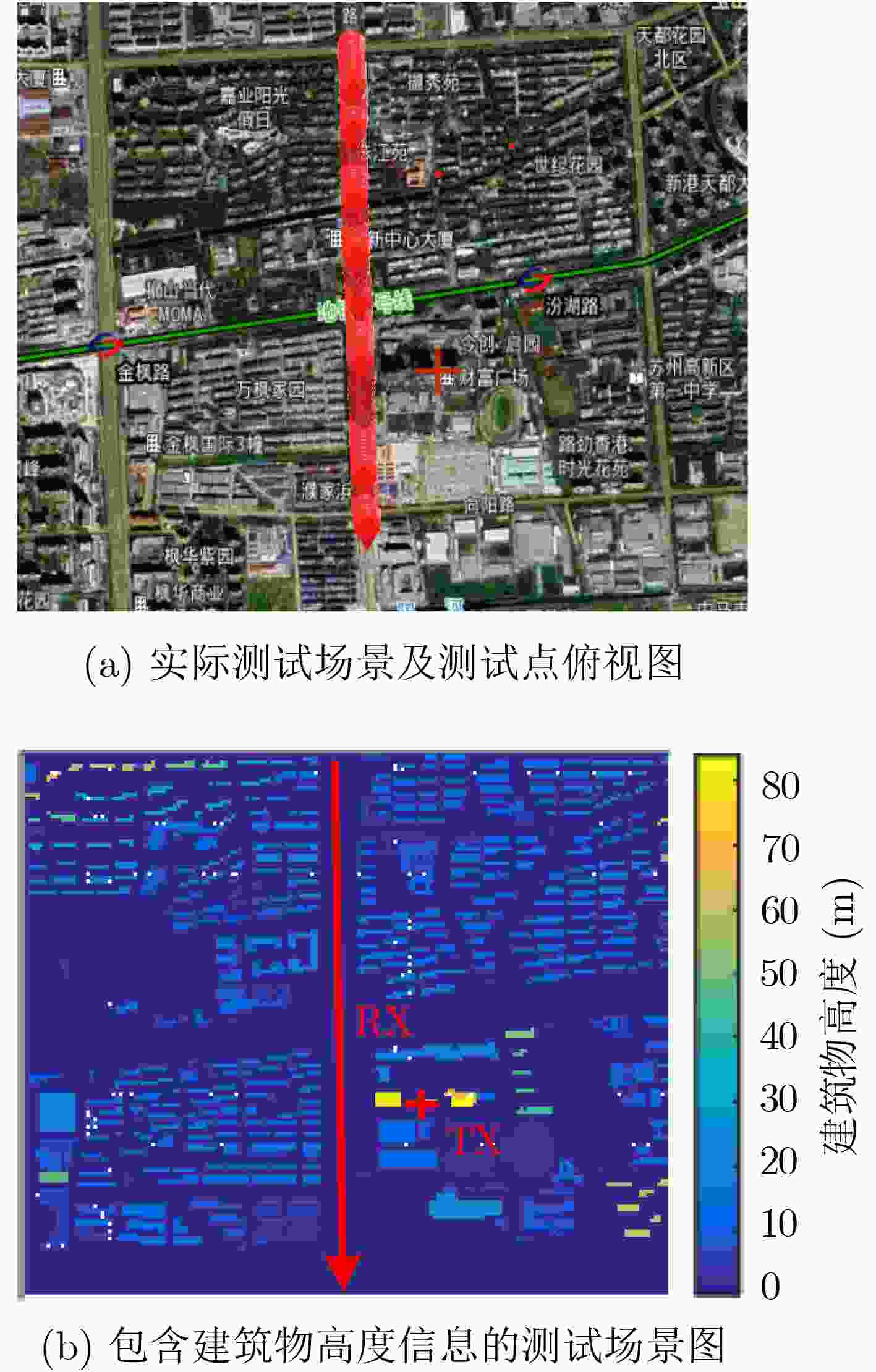
 下载:
下载:

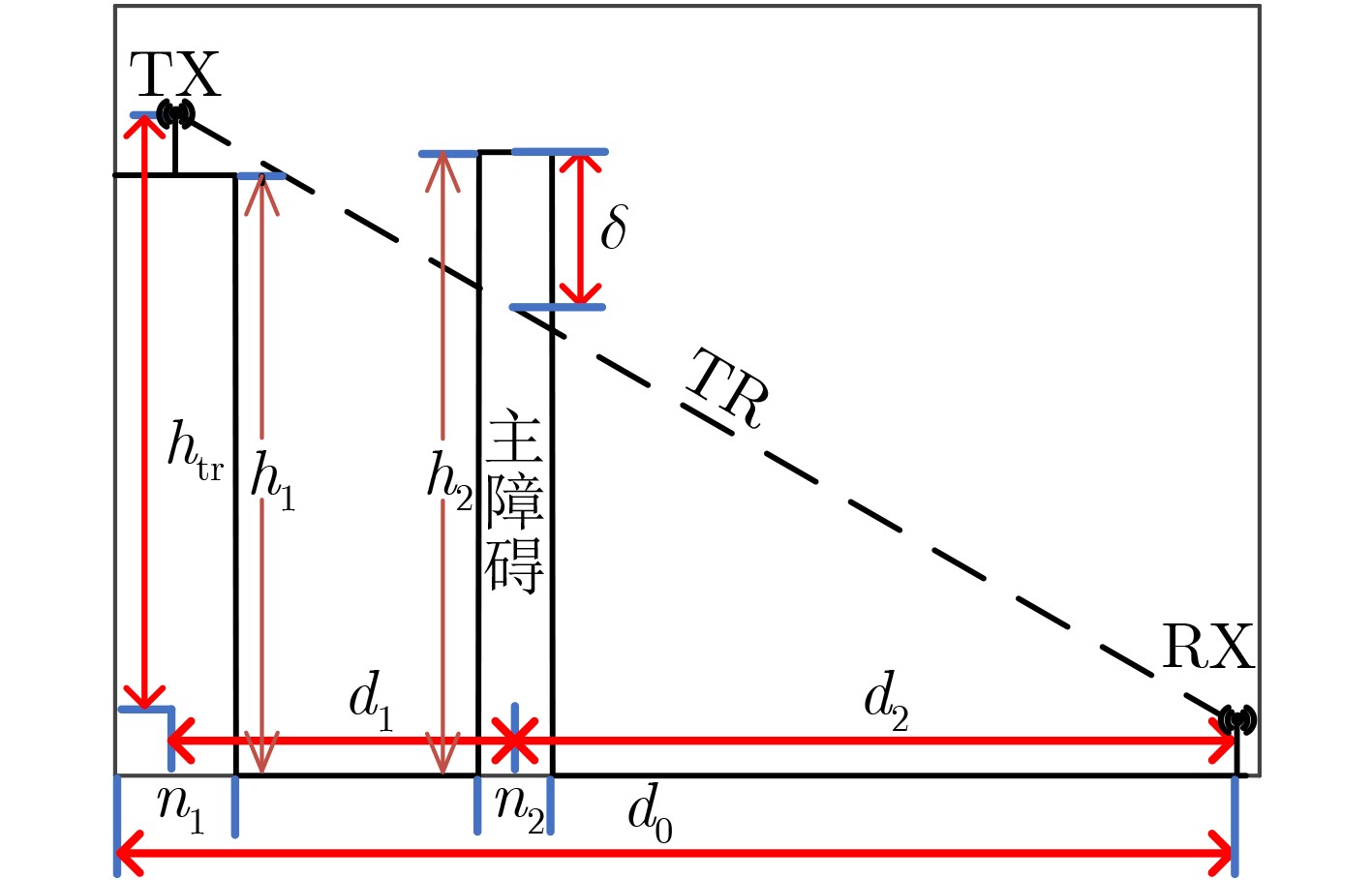
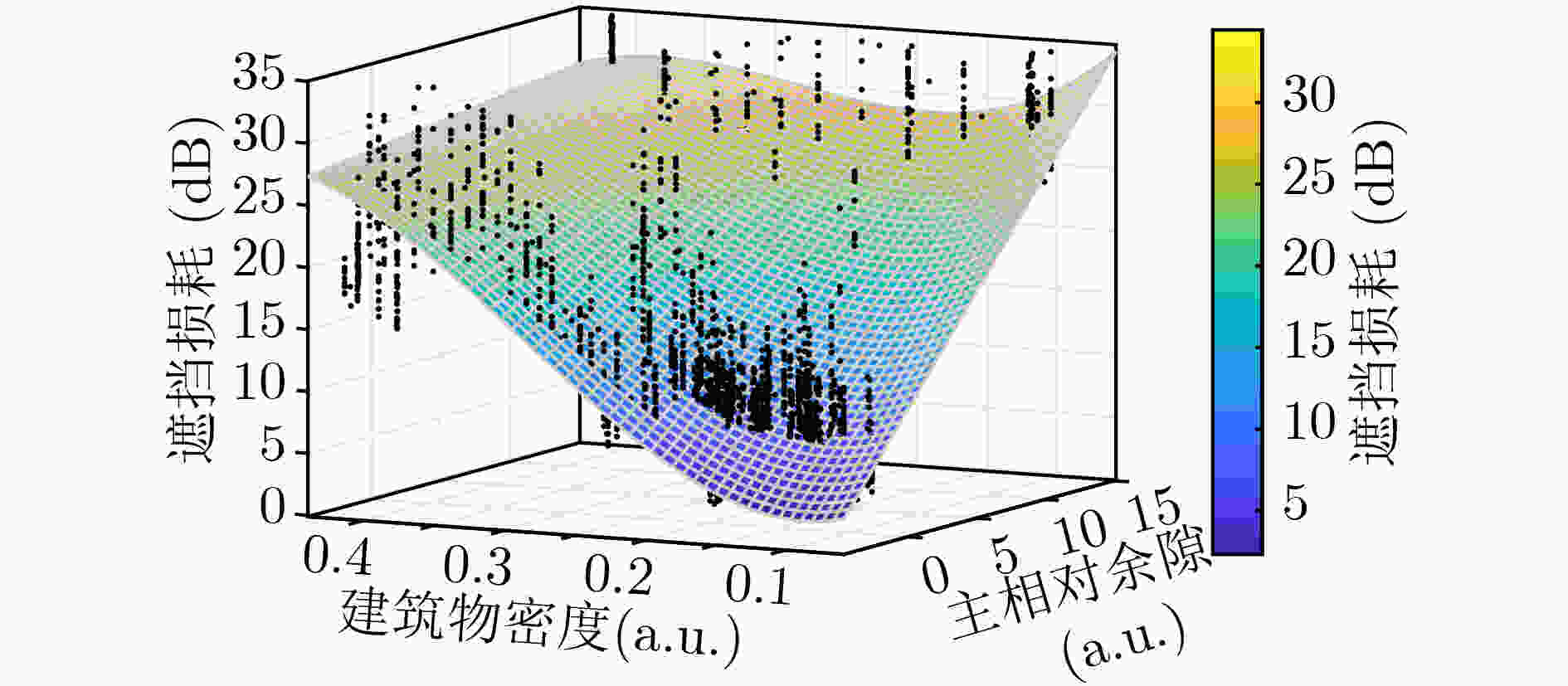

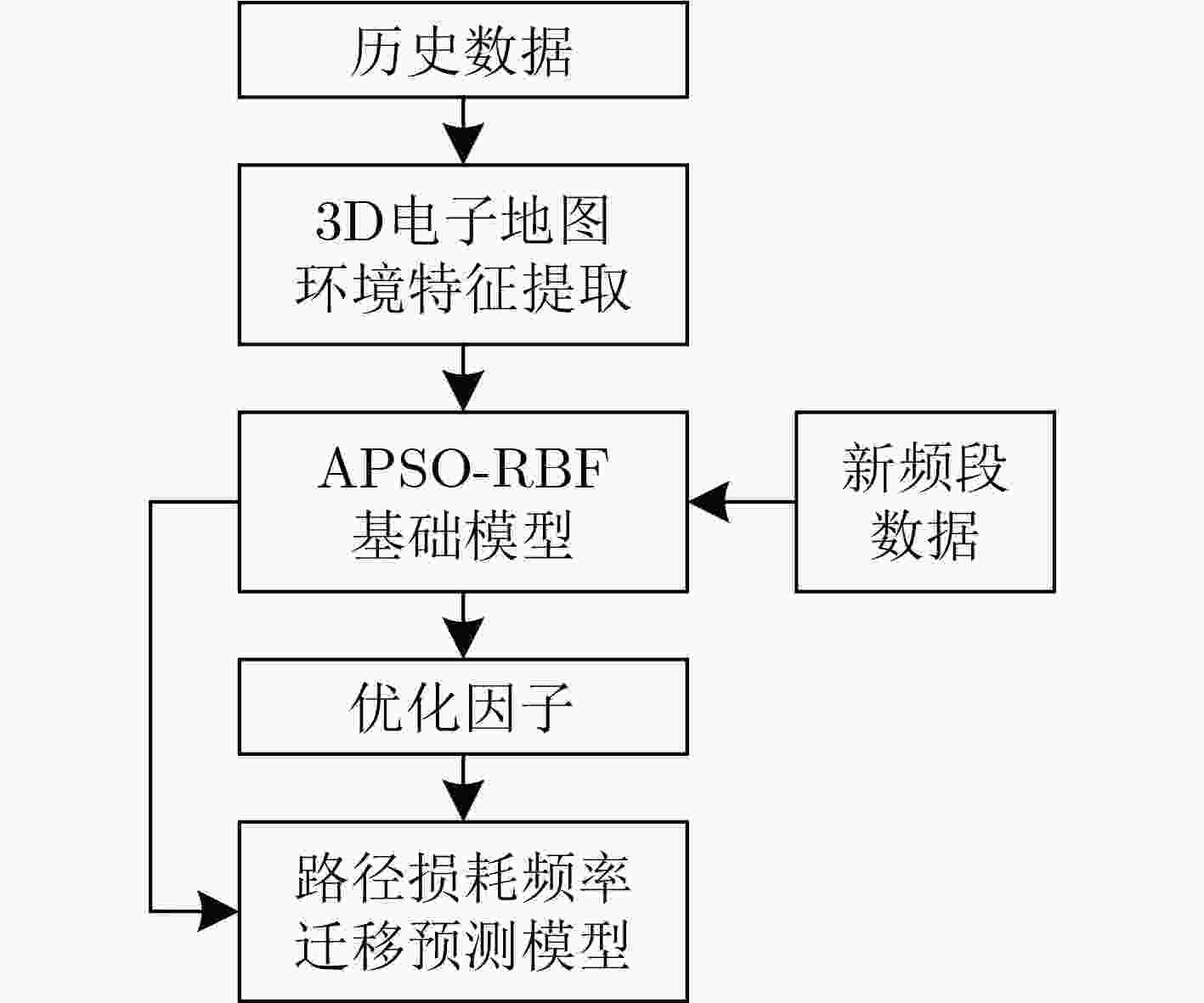
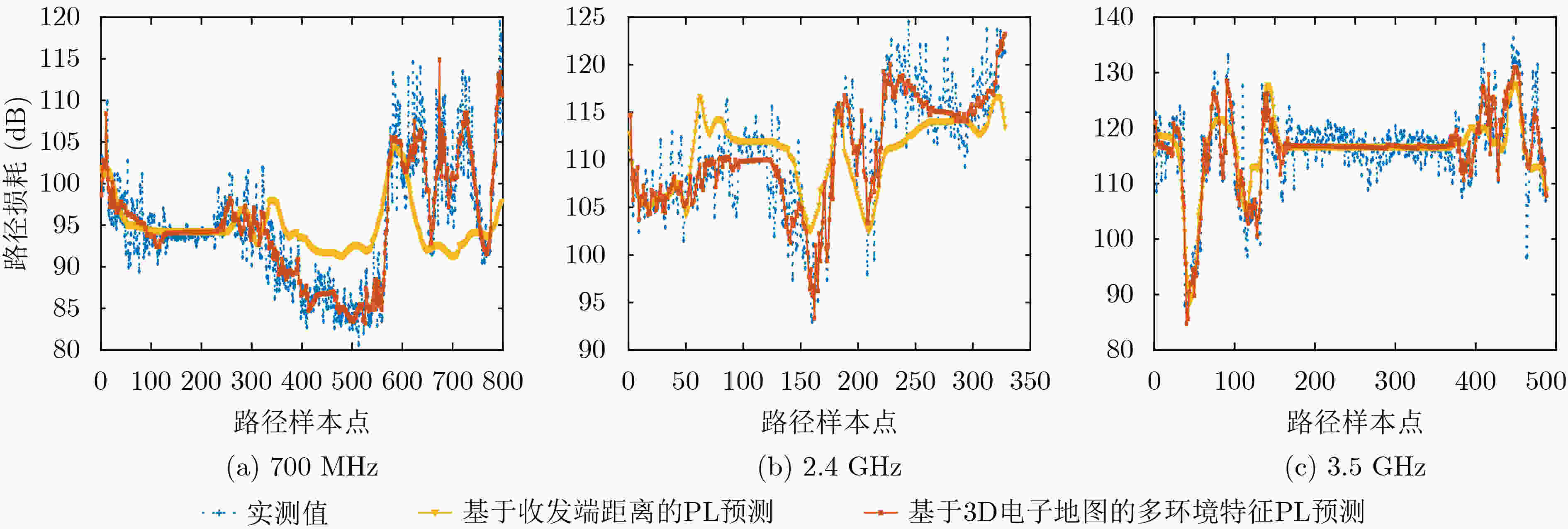
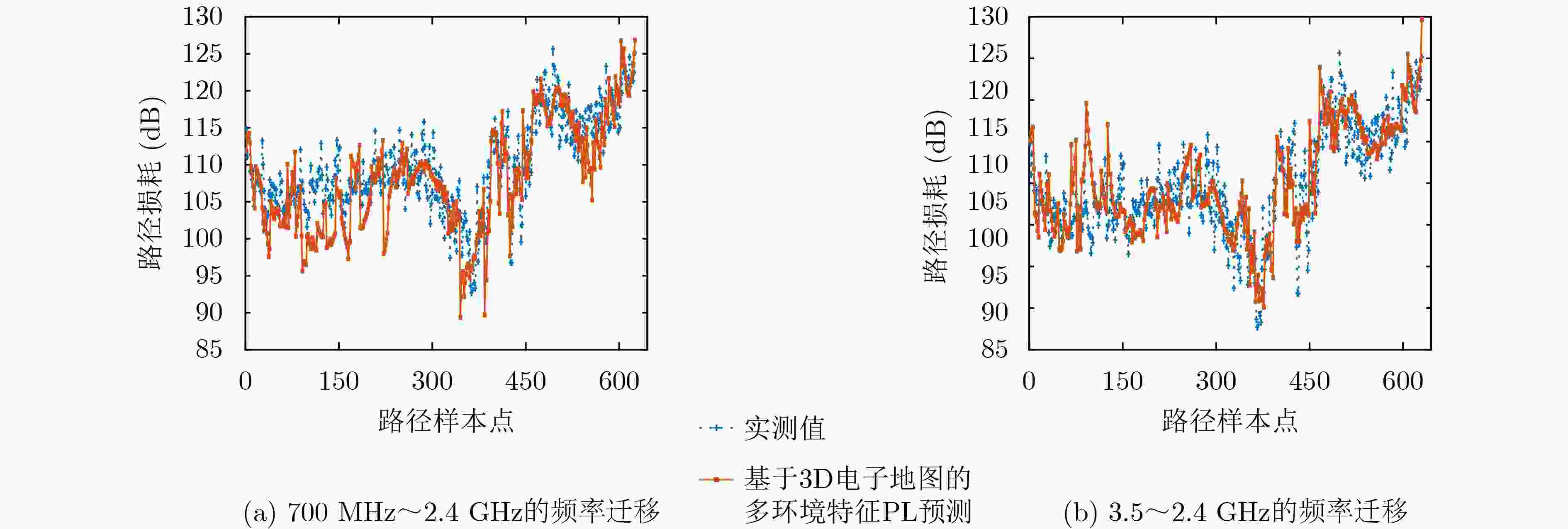


 下载:
下载:
